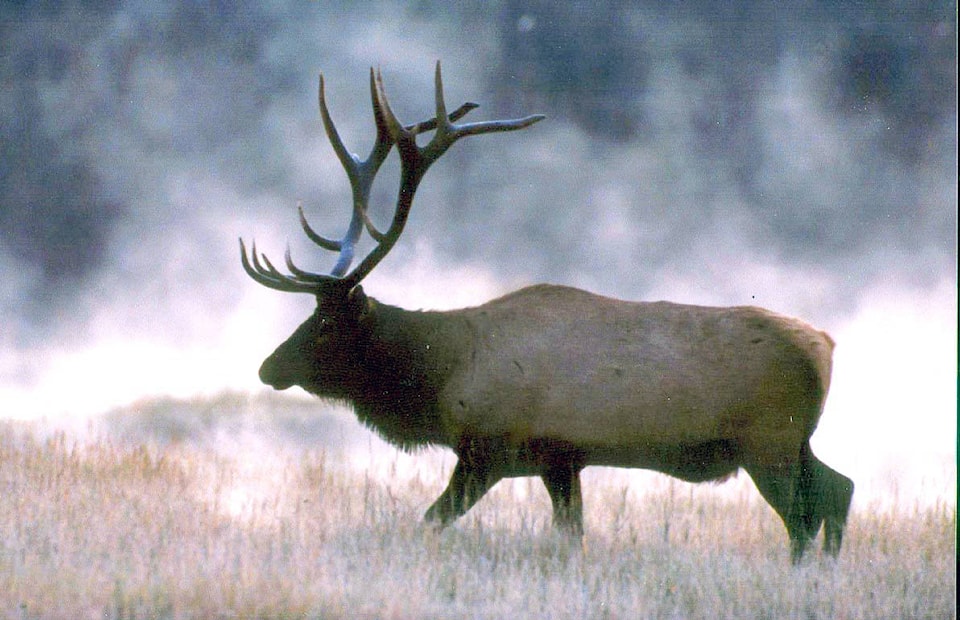What are the most effective ways to reduce wildlife-human conflicts in British Columbia?
What measures need to be taken to proactively manage wildlife and habitat and prevent wildlife from becoming species at risk?
These are the questions being posed to Elk Valley and South Country residents as part of a B.C.-wide discussion paper announced by the government last week.
Titled “Improving Wildlife Management and Habitat Conservation in British Columbia”, the paper identifies eight challenges and is the first step in a four-step process to develop a new wildlife management and conservation strategy.
“Working with indigenous peoples, wildlife stakeholders and the public, we want to build a strategy that more effectively manages our wildlife for future generations,” said B.C. Minister of Forests, Lands, Natural Resource Operations and Rural Development, Doug Donaldson.
“We’ve dedicated $14 million over three years to do so.”
Three-quarters of Canada’s mammal species are found in B.C., 24 of which are exclusive to the province.
But in recent decades, wildlife populations have come under increasing pressure from a growing human population, expanding natural resource development and climate change.
Wildsight is one of a number of groups concerned about dwindling wildlife populations in the Elk Valley and South Country, with a recent survey of Rocky Mountain elk in the Southern East Kootenay Trench showing numbers had halved in 10 years.
Wildsight Conservation Coordinator Eddie Petryshen said the Elk Valley was a classic case study in cumulative effects.
“Wild places and intact landscapes like the West Elk area butt up against human dominated landscapes and we are seeing the impacts that industry and the human footprint are having on our declining wildlife populations,” he said.
“We have an opportunity to turn this trend around and take serious action to protect wildlife in the long-term.”
Wildsight has welcomed the discussion paper and the government’s commitment to a renewed wildlife management strategy.
Petryshen said the sector had been underfunded for decades, while industry had dominated land use in B.C. for far too long.
“Instead of piecemeal struggles to protect the remaining patches of old growth forest, individual wildlife corridors and critical habitats, we need to sit down together for land-use planning that integrates forestry, mining, roads and recreation,” he said.
“Real wildlife management will require changes that include additional protected areas and carefully managed connectivity across the landscape.
“It will require an ecosystem-based approach to land use to ensure healthy wildlife populations in the long term.
“If the province is serious about reforming wildlife management they need to make a long term and historic investment in wildlife, habitat, and research.”
As well as holding online engagement, the Government will meet with indigenous communities and key stakeholders.
It will then develop policy options to address priority concerns with a policy intentions paper to be released for public engagement before the new strategy is implemented in 2020.
The public comment period ends on July 31, visit Engage.gov.bc.ca/wildlifeandhabitat to have your say.
